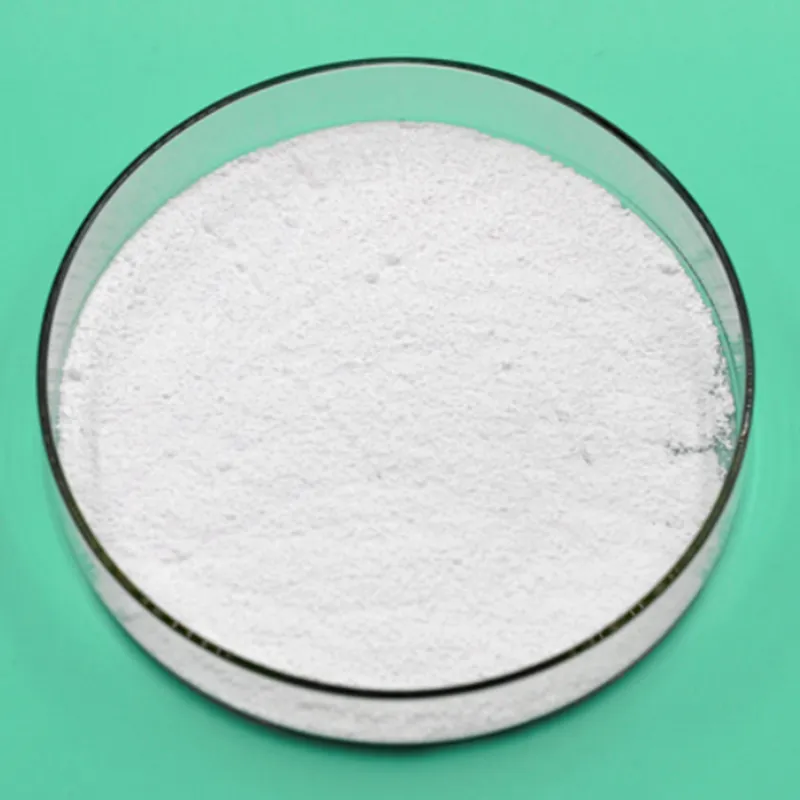
Comprehensive Overview of Chemicals Used in Mining Processes
The Role of Mining Chemicals in Modern Extraction Processes
Mining is a critical industry that supports various sectors of the global economy. One fundamental aspect of modern mining operations is the use of chemicals to extract valuable minerals and metals from their ores. These mining chemicals facilitate the processes of extraction, separation, and purification, making them indispensable in the mining sector. This article explores the diverse list of mining chemicals, their functions, and their significance in enhancing extraction efficiency.
Types of Mining Chemicals
Mining chemicals can be broadly categorized into several groups, each serving distinct purposes
1. Flotation Reagents These chemicals are crucial in the process of flotation, where they assist in separating valuable minerals from gangue. Collectors are a primary category, helping to increase the hydrophobicity of minerals so they can attach to air bubbles. Common collectors include xanthates, dithiophosphates, and fatty acids. Frothers, like MIBC (Methyl Isobutyl Carbinol), are also essential as they stabilize the froth formed during the flotation process, allowing for better separation.
2. Leaching Agents In hydrometallurgy, leaching agents play a significant role in extracting metals from their ores. For instance, cyanide is widely used for gold extraction in a process known as cyanidation. Other leaching agents include sulfuric acid for copper extraction from oxide ores and ammonium thiosulfate, which is becoming increasingly popular for gold recovery due to its lower environmental impact compared to cyanide.
3. Flocculants and Coagulants These chemicals are used in the process of solid-liquid separation. Flocculants aid in agglomerating fine particles to form larger aggregates, which can then be removed from the slurry, enhancing the efficiency of processes like sedimentation. Coagulants assist in clarifying water used in mining operations, ensuring that the water recycled is of sufficient quality to prevent contamination.
4. pH Modifiers pH control is vital in mining operations, as certain minerals require specific pH levels for optimal extraction. Chemicals like lime (calcium hydroxide) are frequently used to adjust pH, enabling more efficient processing of ores and improving recovery rates.
5. Solvent Extraction Agents In the extraction of certain metals, particularly in the case of uranium and rare earth elements, solvent extraction plays a critical role. Extractants such as phosphinic and alkyl phosphoric acids are used to selectively separate target metals from the leach solution, allowing for higher purity products.
list of mining chemicals

Importance of Mining Chemicals
The use of mining chemicals is fundamental to the efficiency and sustainability of mining operations. By improving the recovery rates of valuable minerals, they enhance the economic viability of mining projects. This increased efficiency leads to lower operational costs and a reduction in the environmental impact per unit of metal produced.
Furthermore, as the mining industry increasingly faces challenges such as lower ore grades and stricter environmental regulations, the importance of mining chemicals continues to grow. Advanced formulations and innovative chemical solutions are being developed to address these challenges. For example, green chemistry initiatives aim to create less toxic and more biodegradable chemicals, reducing the ecological footprint of mining activities.
Challenges and Future Outlook
However, the use of mining chemicals is not without challenges. Concerns over the environmental impact and potential hazards they pose to human health necessitate rigorous management and monitoring practices. The mining industry is under constant scrutiny, pushing companies to adopt safer chemical alternatives and invest in research to develop more sustainable practices.
Looking ahead, the future of mining chemicals will likely be shaped by advancements in technology and a greater emphasis on sustainability. The integration of bio-based chemicals and the application of nanotechnology could revolutionize the mining sector, leading to more efficient and environmentally friendly extraction processes.
Conclusion
In conclusion, mining chemicals play a pivotal role in the extraction and processing of valuable minerals. From flotation reagents to leaching agents and pH modifiers, the diversity of these chemicals enhances the efficiency and effectiveness of mining operations. While challenges remain, ongoing research and innovation will continue to drive improvements, ensuring that the mining industry can meet the demands of an ever-evolving global landscape, all while prioritizing sustainability. The synergy between mining practices and chemical solutions will be fundamental in shaping the future of resource extraction.
-
Pure Sodium Dichloroisocyanurate Dihydrate | Powerful DisinfectantNewsAug.29,2025
-
Industrial Chemicals: Quality & Purity for Every IndustryNewsAug.28,2025
-
Nitrile Rubber Honoring Strict Production StandardsNewsAug.22,2025
-
Aspartame Ingredients Honoring Food Safety ValuesNewsAug.22,2025
-
Fertilizer for Balanced Plant NutritionNewsAug.22,2025
-
Cyanide Gold Processing with High Purity AdditivesNewsAug.22,2025
-
Formic Acid in Textile Dyeing ApplicationsNewsAug.22,2025
Hebei Tenger Chemical Technology Co., Ltd. focuses on the chemical industry and is committed to the export service of chemical raw materials.
-

view more DiethanolisopropanolamineIn the ever-growing field of chemical solutions, diethanolisopropanolamine (DEIPA) stands out as a versatile and important compound. Due to its unique chemical structure and properties, DEIPA is of interest to various industries including construction, personal care, and agriculture. -

view more TriisopropanolamineTriisopropanolamine (TIPA) alkanol amine substance, is a kind of alcohol amine compound with amino and alcohol hydroxyl, and because of its molecules contains both amino and hydroxyl. -

view more Tetramethyl Thiuram DisulfideTetramethyl thiuram disulfide, also known as TMTD, is a white to light-yellow powder with a distinct sulfur-like odor. It is soluble in organic solvents such as benzene, acetone, and ethyl acetate, making it highly versatile for use in different formulations. TMTD is known for its excellent vulcanization acceleration properties, which makes it a key ingredient in the production of rubber products. Additionally, it acts as an effective fungicide and bactericide, making it valuable in agricultural applications. Its high purity and stability ensure consistent performance, making it a preferred choice for manufacturers across various industries.





